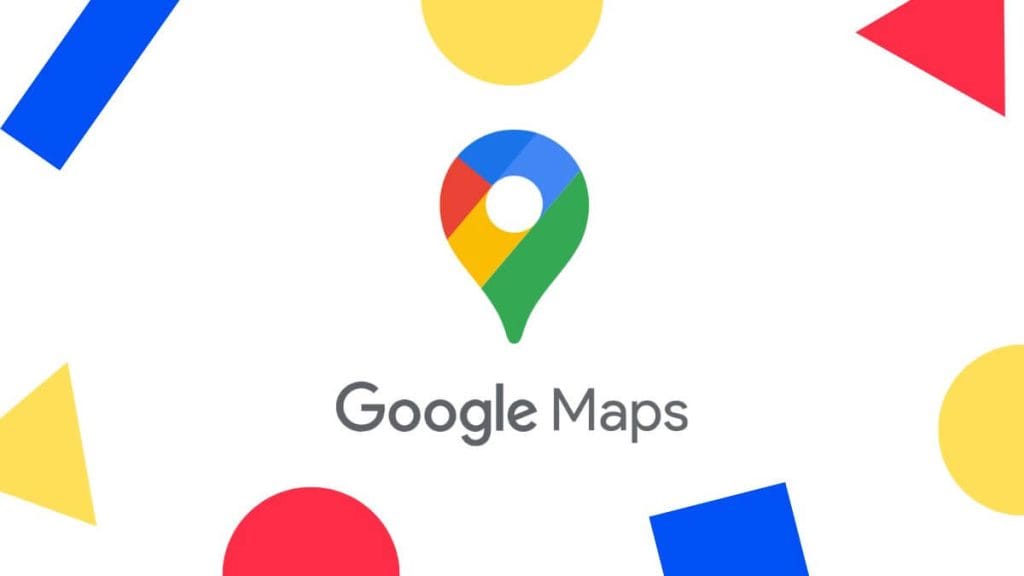Google Maps is an essential tool for navigating our world, from finding the quickest route to work to exploring new cities. But have you ever wondered what goes on behind the scenes to make this technology possible? The answer lies in a complex interplay of programming languages, each playing a crucial role in the functionality and user experience of Google Maps.
Maps has become an indispensable tool in our daily lives, helping us navigate through the intricate web of streets, find nearby places, and plan our journeys efficiently. Behind the seamless user experience lies a complex network of programming languages working in harmony to provide us with real-time information and precise navigation. In this blog post, we’ll take a closer look at the programming languages that power the magic of Google Maps.
JavaScript – The Frontend Dynamo
At the forefront of Google Maps’ user interface is JavaScript. This versatile scripting language enables dynamic content on websites and plays a crucial role in creating the interactive and responsive maps we all love. JavaScript allows for the smooth zooming, panning, and real-time updates that make Google Maps a user-friendly and visually appealing platform.
JavaScript handles the interactive elements of Google Maps, like displaying the map, setting markers, and responding to user input. Its lightweight nature and ability to work seamlessly with HTML and CSS make it ideal for creating the dynamic and responsive interface we’re all familiar with.
Java – The Backend Powerhouse
On the server side, Google Maps relies heavily on Java. Java provides a robust backend infrastructure that handles data processing, storage, and communication between the user interface and the servers. Its scalability and portability make it an ideal choice for managing the vast amount of geographical data that Google Maps processes daily.
Java handles the heavy lifting of data processing and server-side operations. From calculating routes to fetching real-time traffic updates, Java ensures that Google Maps delivers accurate and timely information to users.
C++ – The Optimization Maestro
When it comes to performance-critical tasks, such as rendering intricate map details and calculating complex routes, Google Maps turns to C++. C++ is a high-performance programming language that excels in tasks requiring low-level memory manipulation and efficient processing. It ensures that users experience minimal lag and receive quick responses, even when dealing with intricate maps and dynamic overlays.
C++ is still used in parts of Google Maps where raw speed and efficiency are paramount. This is often seen in the core algorithms responsible for calculating routes and rendering the map data.
Python – The Data Processing Wizard
Behind the scenes, Google Maps utilizes Python for various data processing tasks. Python’s simplicity and readability make it an excellent choice for handling large datasets, geospatial information, and analytics. Python plays a key role in tasks like geocoding (converting addresses into geographical coordinates) and reverse geocoding (finding addresses from coordinates), contributing to the accuracy of location-based services.
Python plays a vital role in automating tasks and managing large datasets within Google Maps. Its conciseness and readability make it perfect for gluing code and smaller scripts that keep the system running smoothly.
Go – The Efficient Performer
For certain backend services and components, Google Maps leverages Go (or Golang). Developers recognize Go for its efficiency, simplicity, and excellent support for concurrent programming. It helps in optimizing backend services, ensuring that Maps delivers a seamless experience even during peak usage.
Golang is increasingly being used for backend development at Google, including in parts of Google Maps. Its focus on concurrency and efficiency makes it well-suited for handling the ever-growing demands of a global navigation platform.
Beyond the Code:
It’s important to remember that programming languages are only one piece of the puzzle. Google Maps also relies heavily on complex algorithms, vast data infrastructure, and advanced machine-learning techniques. The interplay of these elements is what truly makes Maps the powerful and versatile tool it is today.
In conclusion, Maps is a complex application that uses various programming languages to provide users with a smooth and efficient navigation experience. Both the front end and back end of the application are powered by multiple languages, including JavaScript, Java, C++, Python, and Go.
Each of these languages plays a critical role in creating the seamless navigation experience we all enjoy when using Maps. As technology advances, we can expect to see even more exciting features and improvements in the future.

